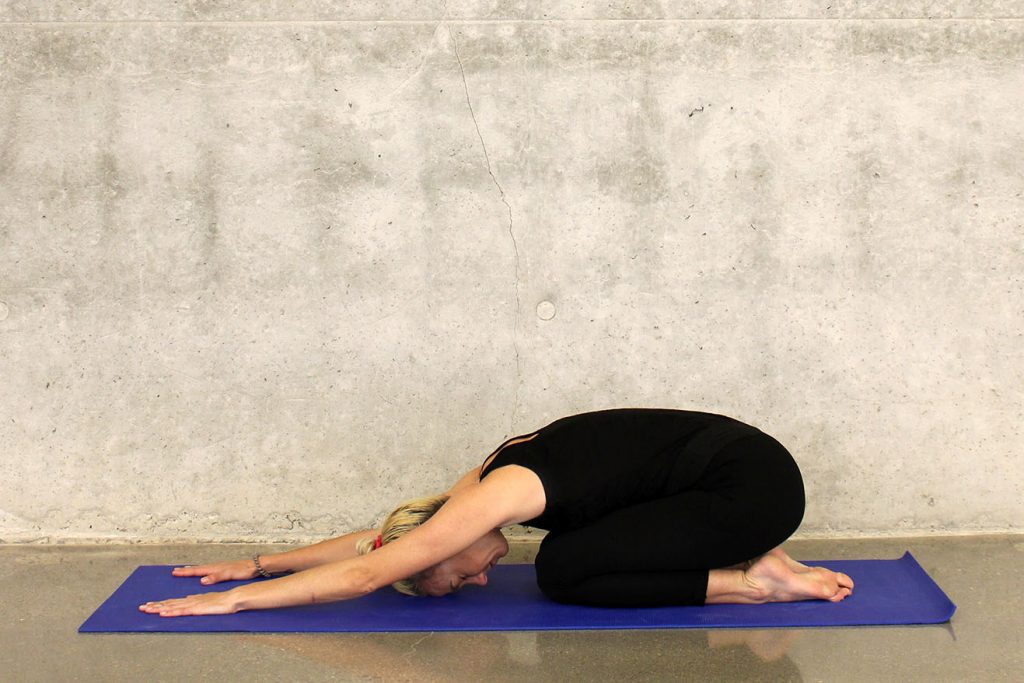Categorising lower back pain:
We all suffer from some form of back pain during our lives and the majority of the population always seem to report episodes of lower back pain. The lower back is the area from the bottom of the rib cage to the buttocks crease and pain can be felt anywhere in this region, with or without leg pain. Understanding the different types of back pain is important to diagnose and prescribe correct treatment. Most cases are nonspecific when there is no known reason for occurrence (simple mechanical lower back pain) and only 10% will have a specific reason (when a disease or pathological cause is known).
Simple Mechanical Lower back pain that doesn’t offer any reasons or explanation can change with movement for worse or for better. Sometimes nerve route pain is experienced when the spinal nerve is compressed as it exits the spine, which is known as “trapped nerve”. Pain can be anywhere along the course of the nerve, perhaps one sided or even radiate as far as the foot. Sometimes the leg pain can feel worse than the back pain.
Structures in the lower back become effected such as ligaments,tendons , joints between the vertebrae and the intervertebral discs.
There are a few contributors to lower back pain which include:
• Bad Technique and Poor Posture
• Loaded Movements – often over stretching or twisting involved as well as having a heavy load added.
• Repetitive movements – such as running, DIY that can cause strain on the area and joints.
• Obesity
• Pregnancy –tilting the pelvis causing more strain carrying that extra weight
• Smoking and medication.
• Stress and depression
Three phases of duration seem to take its course with lower back pain which include:
• Acute phase – lasting less than 6 weeks
• Sub acute phase – 6- 12 weeks
• Chronic Phase- lasting longer than 12 weeks
Only 10% of people will progress onto the chronic phase and 90% of records seem to disappear in less than 6 weeks. It all depends on diagnoses and treatment. Offering exercises for lower back pain can either be beneficial or worsen the pain if performed incorrectly or if diagnosis has not been clear as to which type of exercise will avoid aggravation and offer relief. Therefore, always check with a professional who can advise you what would be most suitable for you. They should go through a consultation and information gathering session that run tests and analyse your symptoms to guide you on a path of recovery. Physiotherapy, pain relief, exercise and lifestyle changes can all relieve the symptoms of lower back pain. A thorough core strengthening programme and stretching routine have been proven to offer support and rehabilitate the condition effectively.
To find out more about Kent Sport Physiotherapy Clinic, visit www.kent.ac.uk/sports/physio and to make an appointment speak to a member of staff at the Sports Centre reception or call us on 01227 824375 or email physio@kent.ac.uk. For Kent Sport fitness and dance class timetable visit www.kent.ac.uk/sports/events or pick up a copy of Active Kent at the Sports Centre or Pavilion reception.
Sarah Black – Fitness Instructor

